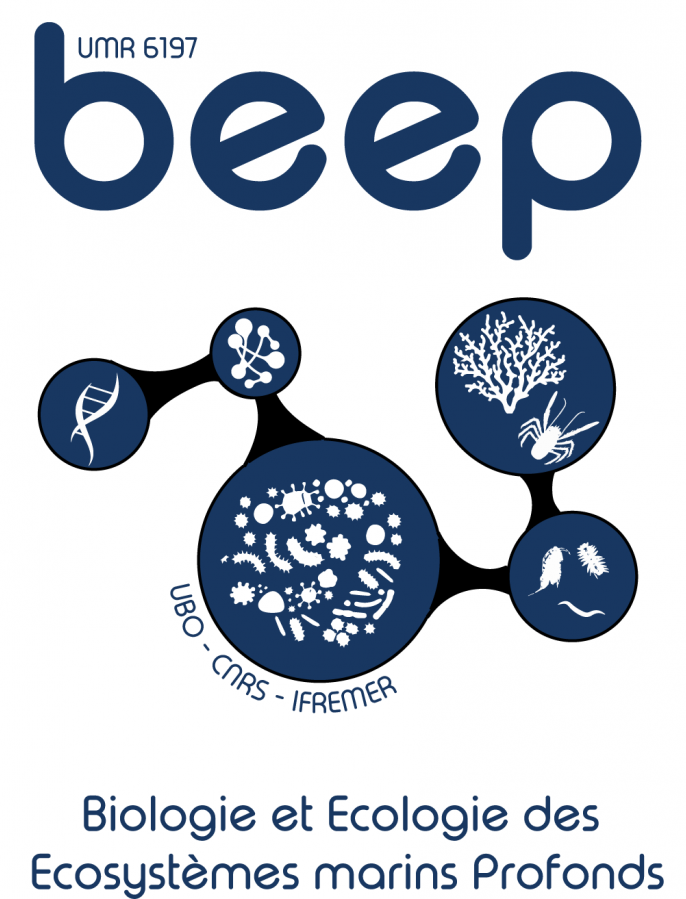Short description
Interactions between health, biodiversity and the environment to understand and anticipate emerging health risks linked to environmental, climatic and socio-economic changes
Activity summary
The research explores the interactions between health, biodiversity and the environment in a multidisciplinary approach aimed at understanding and anticipating emerging health risks linked to environmental, climatic and socio-economic changes.
A key objective is to analyse how taking these risks into account influences individual decisions.
This research is structured along three lines:
1. Dynamics of vector-borne and zoonotic diseases: By studying cases such as dengue fever, Lyme disease and other zoonoses, analysis of the impact of climate change, urbanisation and land use on the proliferation of vectors and the risks of emergence. A better understanding of these risks is essential if we are to understand the changes in preventive behaviour.
2. Land use change and zoonoses: Exploring the links between deforestation, agricultural practices and emerging diseases, in particular acai production in Brazil, associated with Chagas disease, and the bushmeat trade in the DRC. This work includes the study of genetic mutations in pathogens and their comparison with human activities, revealing critical transmission and adaptation mechanisms.
3. Sustainable agroecological strategies: Through the study of plant epidemics and emerging diseases in agroecosystems, design of sustainable solutions integrating evolutionary and behavioural dynamics, combining biological control and agricultural management. By combining mathematical modelling, empirical surveys and social sciences, this research aims to preserve biodiversity while developing global and local strategies for managing health and environmental risks.



